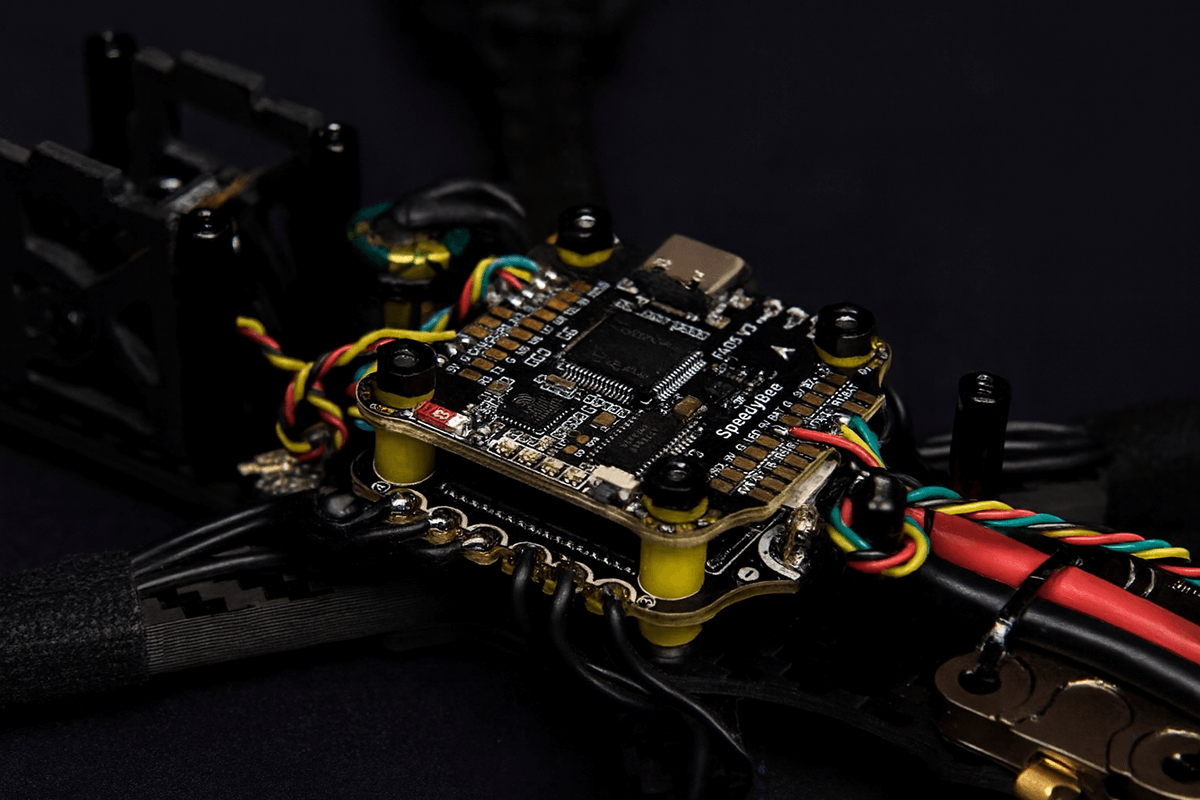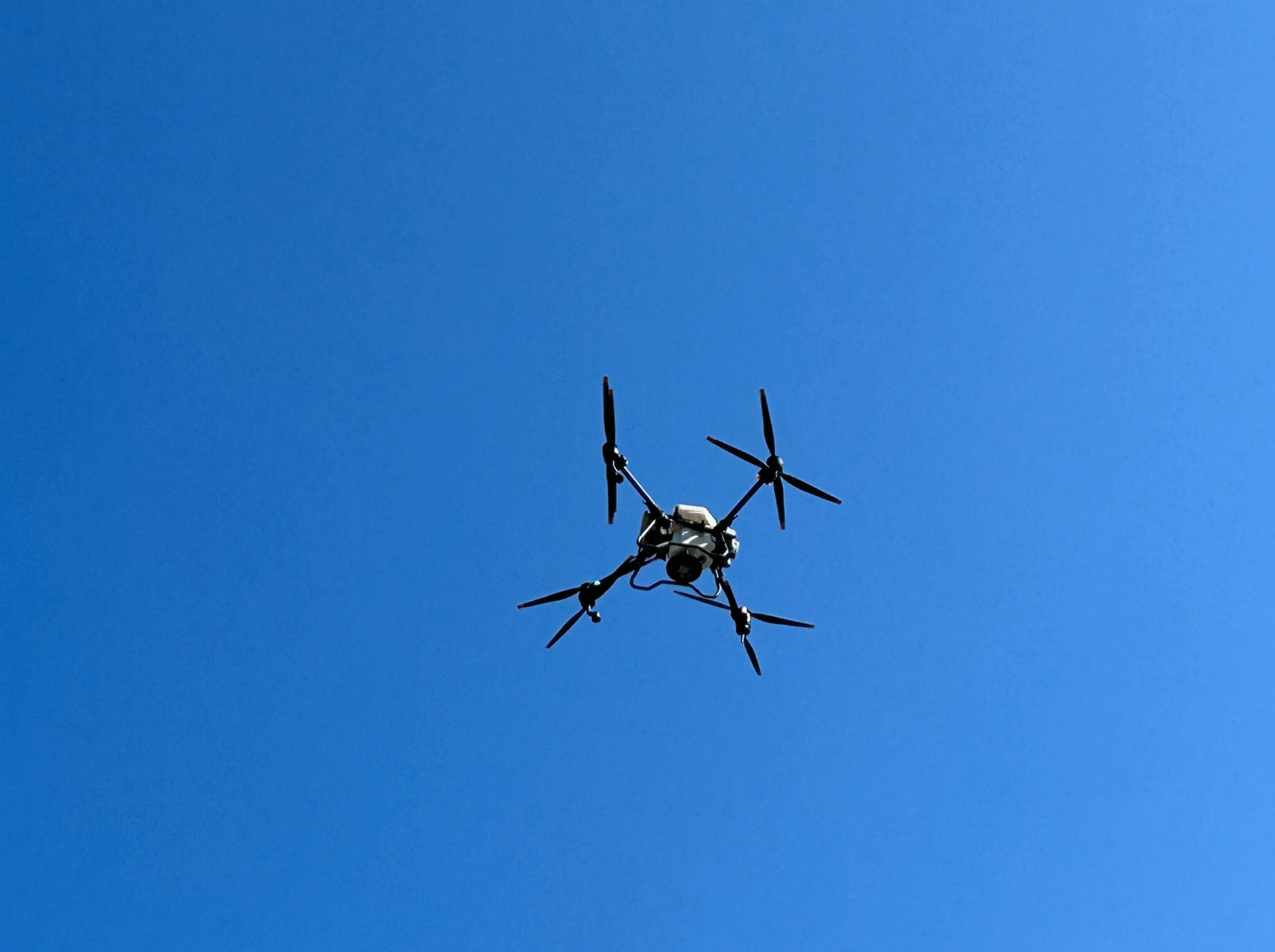
How to Test Your Anti-Drone Systems
Rogue UAVs are now buzzing in large quantities well outside the conflict zones. The US FAA reported 411 illegal drone incursions near airports around the country between January to March 2025, up by 26% from the same period in 2024. Large industrial sites, government buildings, and even regular commerce establishments now often become sites of unauthorized UAV traffic.
Regular testing of your anti-drone systems makes the difference between an intercept and an incident. Below is a concise, repeatable test playbook you can run quarterly or after any hardware, policy, or threat change — the one we use as part of our drone defence simulation service.
1. Lock the Scope End Threat Model
Start with an inventory of protected assets — facility footprint, critical assets, personnel, and the rules around operations (hours, no-fly corridors, public access). Then rank plausible adversary profiles. For example:
- Hobbyist FPV intruders
- Organized loiter/lofted munitions
- Spoof/jam bad actors
- Coordinated swarms
Pro tip: Test your anti-drone systems against the highest-impact scenarios first. If your defences can withstand a coordinated swarm attack, it should keep you safe against more casual intrusions.
A clearly defined mission profile also helps you keep the exercises realistic and your remediation budget well-used.
2. Run Sample Attack Scenarios in a Digital Twin
Create a site digital twin using public imagery or blueprints, then run many attacker/defender permutations in simulation to expose weak links before putting people at risk.
Good simulators let you vary EM environments, sensor placements, and attacker tactics. Our team likes Obriy as it renders realistic landscapes from satellite images and can be used to add real-world conditions like wind layers, radio signal interferences, and other environmental effects.
Afterwards, score outcomes (damage vs. cost) so you can prioritize mitigations by ROI.
You can also add statistical overlays to transform test runs into a ranked vulnerability list and cost-effectiveness heatmap.
3. Red-Team with Professional Threat Actors
Call in experienced drone pilots and mission planners to emulate real tactics: low-altitude FPV approaches, GNSS spoof + jamming mixes, and multi-UAV saturation attacks. A good red team should have a mix of stand-off profiles and payloads.
Prioritize blind tests where possible so your blue team’s detection and decision latency is measured under real pressure. This way, you can also evaluate the ‘human factor’ of your anti-drone defences.
4. Validate Layered Blue-Team Responses
As part of the exercise, test:
- Detection sensors (radar, RF, EO/IR)
- Identification logic
- C2 timelines
- Soft-kill (jamming, spoof-resilience)
- Hard-kill options (interceptors, nets)
Then evaluate the blue team’s response against KPIs such as time-to-detect, time-to-classify, time-to-mitigate, false positive rates, cost per engagement, and collateral risk. This way, you’ll get hard data for after-action reviews and some ‘proof’ to justify extra investments.
5. Analyze, Report, Iterate
Summarize your mission into a concise report: Scenario outcomes, ranked vulnerabilities, recommended mitigations, and an ROI table (defense spend vs residual risk). Schedule re-tests after any threat-model change and adopt a purple-team cadence where red and blue debrief, fix, then re-test. For GNSS-threat testing, include spoof/jam detection metrics and receiver test plans — technical literature and GNSS test frameworks show how to structure those checks.
Don’t have the right resources? Our team can run baseline and advanced scenarios with professional scoring and reporting for you. Our anti-drone defence service is made for security teams who want defensible results fast — simulation outputs you can present to auditors, regulators, and execs. Ask about baseline scans, red/blue packs, and printable mitigation roadmaps


